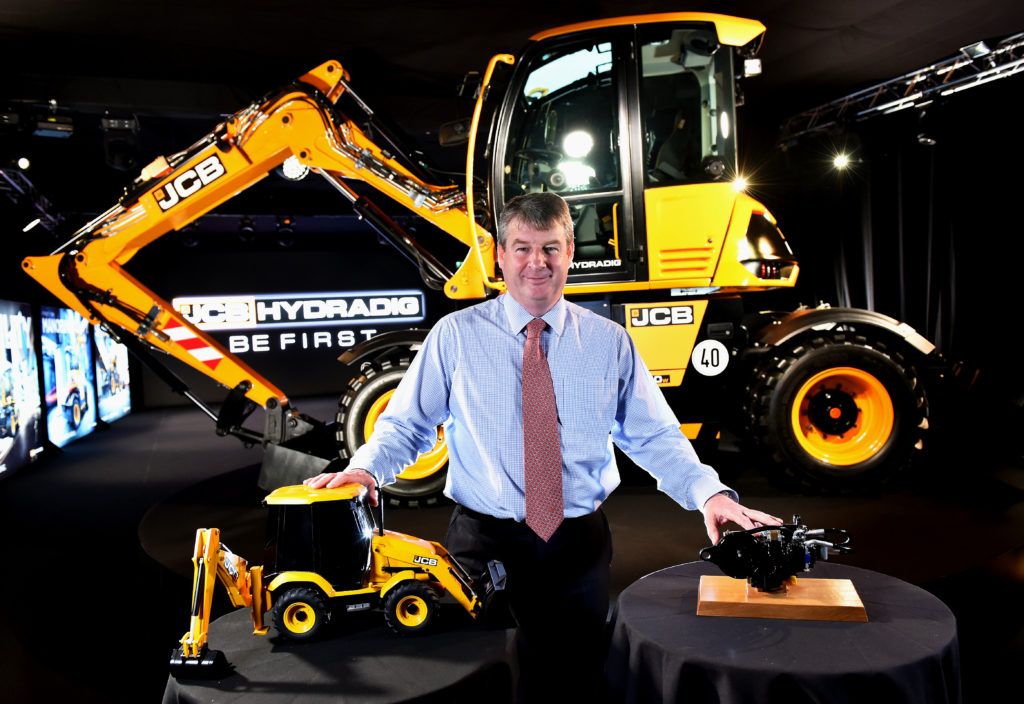As the drive for off-highway electrification continues, OEMs must create a thorough strategy before committing to goals for decarbonisation
 Decarbonisation, particularly in the form of electrification, has received a lot of hype in recent years. It created a gold rush response, where many OEMs – fearful of missing the market – jumped on the electromobility bandwagon, often without a comprehensive strategy. This, perhaps unsurprisingly, resulted in quite a lot of what seems to be strategic chaos. And few electric machine sales. Thankfully, now that the hype is receding it has become clear that the transition will not happen overnight, and in fact will take many years to become fully embedded. Given that, it is not too late for OEMs to develop a successful, comprehensive, long term decarbonisation strategy.
Decarbonisation, particularly in the form of electrification, has received a lot of hype in recent years. It created a gold rush response, where many OEMs – fearful of missing the market – jumped on the electromobility bandwagon, often without a comprehensive strategy. This, perhaps unsurprisingly, resulted in quite a lot of what seems to be strategic chaos. And few electric machine sales. Thankfully, now that the hype is receding it has become clear that the transition will not happen overnight, and in fact will take many years to become fully embedded. Given that, it is not too late for OEMs to develop a successful, comprehensive, long term decarbonisation strategy.
A proper strategy for decarbonisation must address several elements – the business model, competitive strategy, managing the ecosystem, and the development and procurement of capabilities. These elements must be aligned to ensure a cohesive and effective approach. This is an opportunity to think hard about key decisions such as, “How vertically integrated should we be?” and “Should we continue with ‘business as usual’, and follow others as they establish the path to decarbonisation or see decarbonisation as an unmissable opportunity to reset the competitive hierarchy?”
“It is not too late for OEMs to develop a successful, comprehensive, long-term decarbonisation strategy”
The answers to these questions will lead to very different strategies. Taking the extreme as an example, a highly vertically integrated company that thinks this is an opportunity to gain share should focus their main investments on decarbonisation. However, in the real world this requires tradeoffs, so the hard part is not deciding to devote resources to decarbonisation, but rather deciding what not to do. Something that has traditionally been done in-house in a vertically integrated business will likely have to be outsourced. For an OEM, will this be cabs – or transmissions – things that used to be considered core to the business? This is easy to say, but I know from personal experience making these decisions it is a lot harder culturally, especially when it involves changing how organisations think of themselves and the impact it has on the careers of its employees. The other strategic positions have different, but not necessarily less challenging, tradeoffs.
Despite the different needs, all strategies are likely to require partnering, but that partnering will differ depending on the strategy. For instance, the vertically integrated, market share increase seeking company described above may need partners to provide subsystems that used to be developed in-house, while a horizontally structured follower might need partners to provide the complete electrified machines they need to compete in the electric space. It is unlikely that anyone in this evolving off-highway vehicle ecosystem will survive on their own without deep partnerships – deeper than the traditional supplier-customer transactional approach commonly
used up to now.
Yet, for those aiming to lead in decarbonisation, partnering is not enough. A real capability transformation must also happen within the business. This is not just about electrification, but the combined impact of the triple technology challenge – connectivity, automation, decarbonisation and the associated business model changes. What is also clear is that this will require extensive software competencies. So far this has mostly translated into hiring of software teams. While this is a necessary first step, it is just that – a first step. As the value generated by products shifts from machine hardware to its software, technology skills need to be deeply embedded throughout the organization and not isolated in a separate team.
What strategic decisions will you make, and fully execute, to ensure your company’s success in the decarbonised future?
This article first appeared in the October issue of iVT




